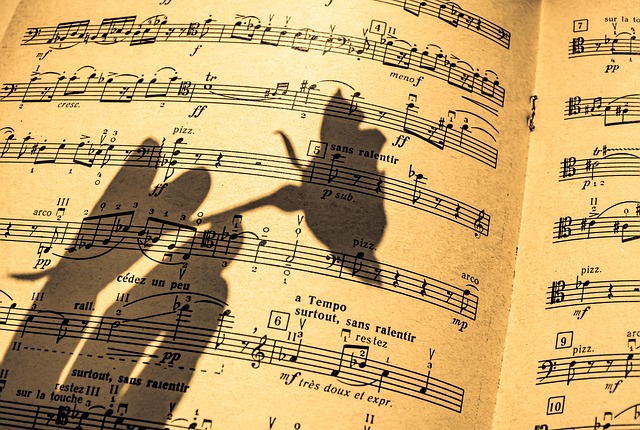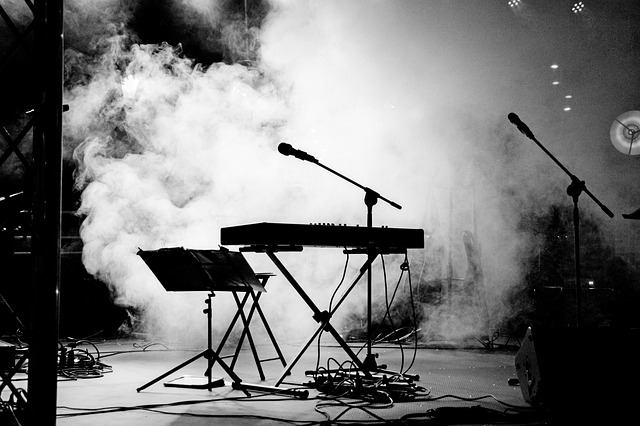
The Rhythm of Influence: Tempo’s Impact on the Entertainment Industry
In the pulsating heart of the entertainment industry, tempo serves as the underlying metronome that guides every facet of artistic expression. It’s a term we often associate with music, yet its implications stretch far beyond the stage and into the realms of cinema, concerts, and festivals. The rhythm of influence created by tempo can make the difference between a fleeting moment and an unforgettable experience.
Consider concerts, for a moment. The tempo of a song can electrify the atmosphere, uniting fans in a shared experience that transcends mere spectating. When the beat drops and the tempo quickens, attendees are driven to dance, jump, and scream in unison. This collective energy fuels the performers, who feed off the crowd’s enthusiasm, creating a feedback loop of exhilaration. The choice of tempo in setlists is meticulously crafted, ensuring that audiences are taken on an emotional journey—from the reflective ballads that slow the heart to the high-octane anthems that get adrenaline pumping.
Similarly, festivals amplify the effects of tempo on a grand scale. Picture a sprawling outdoor venue, a medley of artists gracing multiple stages, each with their unique interpretation of tempo. The synchronization of fast-paced electronic tracks juxtaposed against slower indie melodies fosters an atmosphere of diversity and inclusivity. Festival-goers navigate through soundscapes, allowing the tempo to guide their choices as they move fluidly from one performance to another. It’s a dance of rhythm, where tempo dictates not only the music played but the very mood of the gathering.
The same principle applies to cinema, where the tempo of a film can intensify its emotional weight. Directors and editors meticulously craft the pacing of scenes, utilizing tempo to build tension or release it. A fast-paced action sequence can create heart-stopping excitement, while a slow, deliberate moment allows viewers to absorb the emotional gravitas of the narrative. The measured tempo of a film dictates how audiences react, laugh, or cry, making it fundamental to the storytelling process.
In the music industry, artists often experiment with tempo for creative expression. A song with an unusual tempo can surprise listeners, pushing boundaries and inviting them into uncharted territory. Genres like jazz and hip-hop thrive on complex tempos, allowing for improvisation that captivates and challenges the audience’s expectations. These shifts in tempo not only showcase an artist’s versatility but also resonate deeply with listeners, forging a connection that is both personal and profound.
Artists like Billie Eilish and Kendrick Lamar have recognized the power of tempo in their music, skillfully playing with rhythms to evoke specific responses. Their songs’ tempos dictate the emotions they evoke—Eilish’s haunting ballads juxtaposed against Lamar’s driving beats create a landscape of sound that speaks directly to the human experience, resonating with listeners on multiple levels.
As we navigate through the vibrant tapestry of the entertainment industry, it becomes evident that tempo is not just a technical aspect; it is the essence of connection and expression. Whether under the bright lights of a concert, amidst the chaotic joy of festivals, or in the darkened theaters of cinema, tempo guides us, swaying our emotions and shaping our experiences. It is the rhythm that turns moments into memories, proving that in the world of entertainment, tempo truly reigns supreme.

